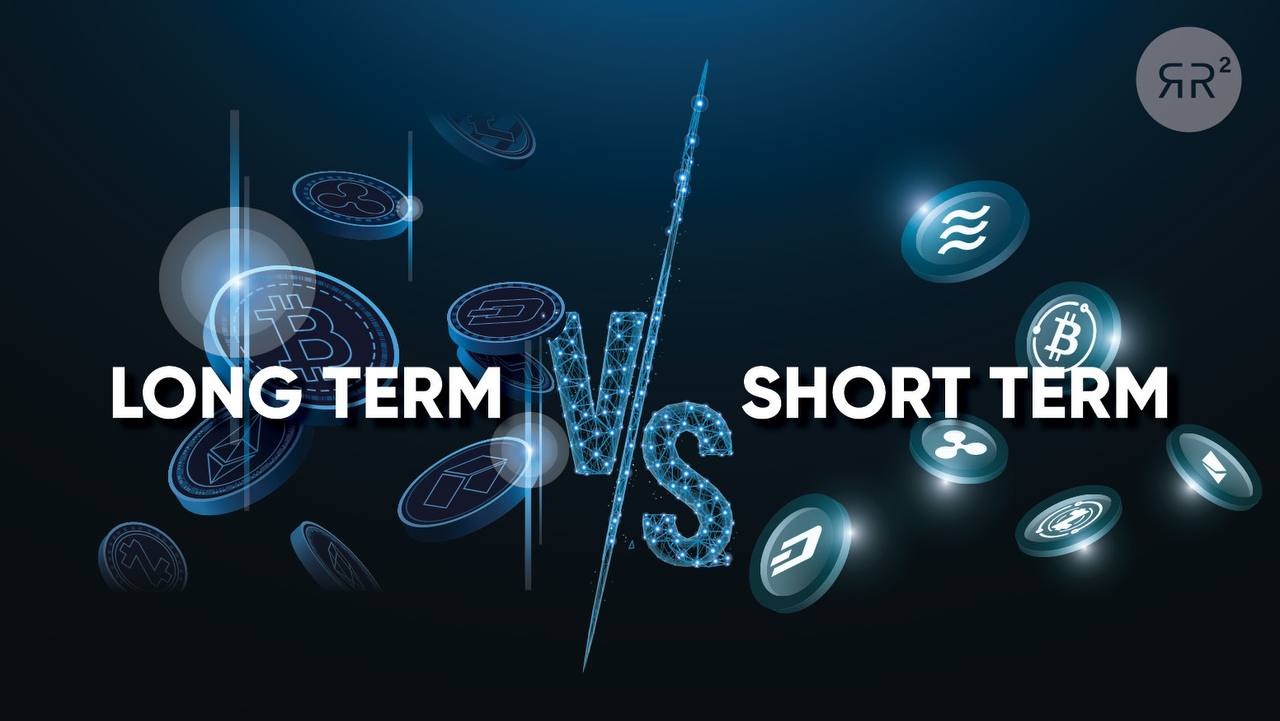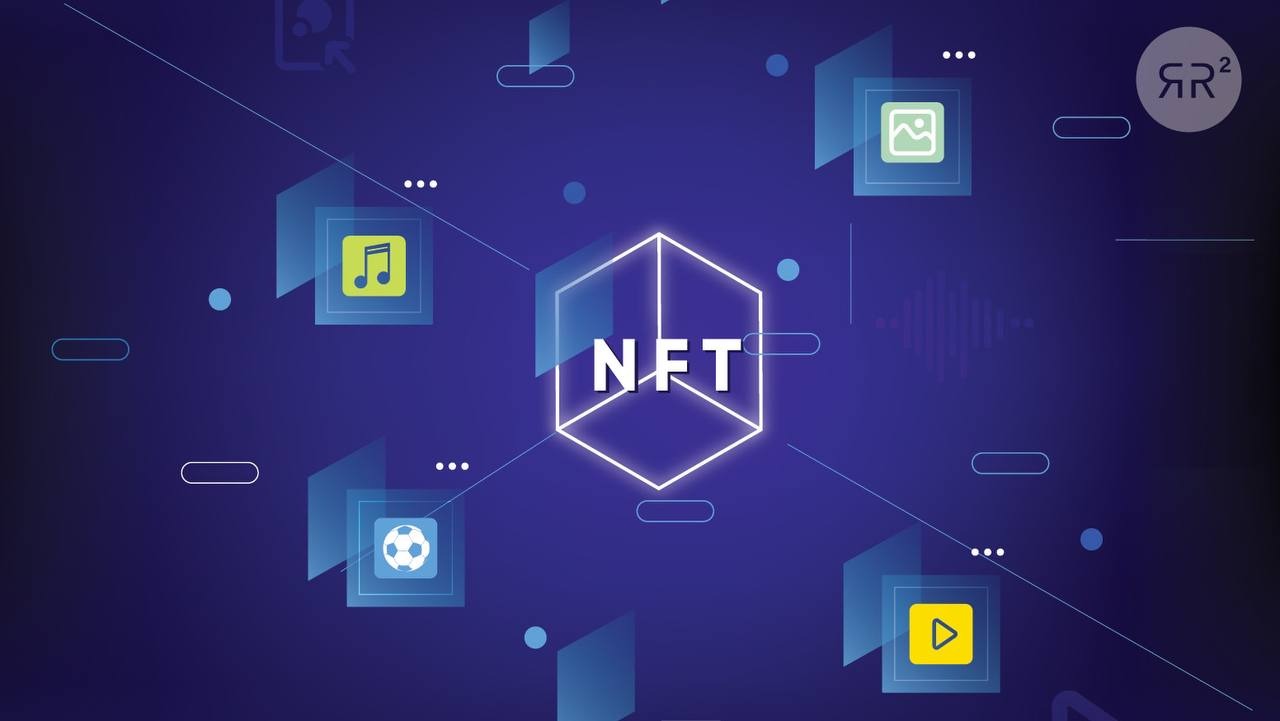Long-term crypto investing is a sound way to build wealth over time. It involves investing your funds in cryptocurrencies such as Bitcoin and Ethereum and holding onto them for extended periods rather than trading them frequently.
Taking a long-term investment approach can help you avoid losses due to market volatility and gives you more opportunities to capitalize on any potential price appreciation.
What is a long-term investment?
When it comes to cryptocurrencies, long-term investment is defined as a position that will be held for more than one year. Long-term investors are typically looking to maximize the potential returns on their investments over the course of years rather than months or days. This approach can help provide stability against short-term market volatility and capitalize on the long-term potential of fundamentally stable crypto projects.
What are the benefits of a long-term crypto investment strategy?
One of the biggest benefits of taking a long-term approach to investing in cryptocurrencies is that it can help you reduce your risk exposure. By holding onto assets for extended periods, you avoid having to constantly react to short-term market volatility. This can help you avoid losses due to day-to-day price movements, giving you more time to benefit from any potential appreciation of your crypto investments in the long run.
Another key benefit of a long-term approach is that it allows for better crypto portfolio diversification. Since you are buying tokens over a more extended period, you have time to research and find several strong projects. Investing in different currencies over time can spread out your risk and potentially benefit from gains in multiple currencies.
Additionally, long-term investors can take advantage of compounding returns, where the profits they earn are reinvested into their portfolio to generate further growth. This is only true with certain types of investments, such as staking or taking profits at the top of the crypto market cycle with the goal of reinvesting the profits near the bottom of the next cycle.
While this strategy involves trading in and out of positions, it is still a form of long-term investment, as full crypto market cycles usually take years to play out.
Volatility and long-term investing
When you are investing over a longer time frame, one of the benefits is that you don’t have to worry about short-term price fluctuations, which are common in the crypto space. However, it becomes very important to enter the market at the right time, as if you were to buy with the intention of holding close to the market top, you might be in the hole for several months or even years before you see any return in your capital.
To counter this, one of the popular crypto investing strategies is to use dollar-cost averaging. This involves investing the same amount of money into a given asset on a regular basis and can help reduce the risk associated with buying too much at once in what might turn out to be an unfavourable market.
Volatility is more likely to cause psychological stress than any other risk factor when investing in crypto. It’s not a good idea to calculate the value of your position on a daily basis, as this might lead to second-guessing yourself on days when the whole market tanks. If you are planning to take a long-term approach, it’s best to have faith in the underlying fundamentals of your particular crypto project and wait out any short-term market fluctuations.
Keeping emotions out of the decision is key, and understanding that the cryptocurrency market is cyclical and prices will come back up eventually can help you keep yourself grounded.
Strategies to build a long-term crypto portfolio
When choosing a strategy, it’s important to have a clear idea of what you’re trying to achieve. A long-term investment portfolio consists of an overall investment objective, a thorough analysis of risks involved, a specific timeframe for investing, fully researched tax implications, and an exit and re-investment plan.
Investors should have a carefully researched trading system that works effectively in the cryptocurrency market and has been proven to provide consistent returns.
Dollar-cost averaging (DCA)
DCA is perhaps the favourite long-term investment strategy used by crypto investors. It involves investing the same amount of money into a given crypto asset on a regular basis and helps reduce the risk associated with buying too much at once in what might turn out to be an unfavourable market.
Investing in this way reduces their exposure to the volatile market because they buy tokens at a range of different prices rather than all at once. This technique can be used with any asset, but it is particularly useful for volatile assets like cryptocurrency because it allows the investor to spread out their risk.
There are a few different ways to go about implementing a DCA strategy when investing in crypto assets. One approach is to simply invest the same dollar amount at fixed intervals, regardless of the current price.
Another approach is to invest a fixed percentage of your portfolio at fixed intervals. Whichever approach you choose, dollar cost averaging can be a helpful tool for managing risk in your crypto portfolio.
DCA is a beginner-friendly strategy since it only requires research at the token selection phase. It can be an ideal way for busy investors with a day job who have regular income but less time to pay attention to the fast-changing crypto market. Many crypto trading platforms automatically allow users to invest in crypto this way.
Buying the dips and HODL
The buy-the-dips crypto investing strategy is essentially a form of dollar cost averaging but with a twist. Instead of investing regularly, investors wait for the asset to dip in price before buying. This way, they can get more tokens for their money when the market is down and benefit from the eventual upward trend that follows.
Compared to DCA, this can be more rewarding for investors with an understanding of how economic forces affect the movement of the crypto market as a whole. By following news and indicators, they can pick the more favourable buying opportunities and skip some of the less profitable times, resulting in higher returns overall.
The HODL (Hold On for Dear Life) part of the strategy simply means that once you buy the dip, you hold your tokens for an extended period. This method is based on the idea that by regularly buying at better price points and taking a long-term view, investors can benefit from the growth of their particular asset and become wealthy in the process.
Staking
Similar to traditional investment in dividend-paying stocks, staking is a form of passive income for holders of certain tokens. The idea behind staking is to lock up the coins in a wallet and receive rewards for doing so.
Staking rewards can range from a couple of per cent to double-digit returns on investment, depending on the crypto token.
Staking is an ideal strategy for crypto investors who want to benefit from token appreciation as well as the additional rewards provided by staking. The main advantage of this strategy is that it requires minimal effort, as investors simply have to hold the coins in their wallets and wait for the returns to come in.
It’s important to note that not all tokens are eligible for staking, so be sure to do your research and select only those tokens that offer staking opportunities.
Investing in NFT assets or collectables
Non-fungible tokens (NFTs) are digital assets that exist on the blockchain and can represent things such as art, collectables, in-game items or even real estate.
Investing in NFT assets is a relatively new way to gain exposure to crypto markets and could be an interesting option for investors looking to diversify their portfolios.
The main advantage of this strategy is that it offers a unique opportunity to own a piece of digital art or collectable that will be “rarer” than fiat money or even cryptocurrencies and can potentially appreciate over time.
Additionally, while there are many different types of NFTs out there, some have the potential to generate returns through dividends and airdrops distributed among token holders.
As with all crypto investment strategies, investors should do their own research and be aware of the risks involved in investing in NFTs before taking the plunge.
Token selection strategy for long holds
So how do you pick the right crypto asset for long-term investment?
The more conservative approach is top-down investing, which involves selecting coins based on their potential for large gains over the long run as well as their ability to increase in value due to network effects or high demand. This strategy works well with more established coins backed by strong fundamentals, such as Bitcoin or Ethereum.
Investors with a higher risk tolerance can go with bottom-up investing, which involves picking coins based on their small market capitalization and potential to offer high returns in the future. This approach works better with smaller altcoins and tokens, as they usually have a higher upside potential than larger coins.
While certainly riskier and requiring more research time, these portfolios can bring in truly life-changing returns for investors who select the right projects at the right time.
Lastly, you could also opt for a combination of both strategies. This way, you can diversify your portfolio and hedge against losses with larger coins while benefiting from the growth of small altcoins over the long term.
Which cryptocurrencies to choose?
Once you have settled on an investment strategy, it’s time to select the coins you want to invest in. Doing this requires extensive research and due diligence. Start by looking into the fundamentals of each coin, such as its technology, team, use cases and market capitalization. It’s also important to pay attention to news and updates from the project and community sentiment.
As we are talking about long-term investments here, it’s worth the extra time to do your research and select projects that have staying power.
If you are taking the riskier path of bottom-up selection, naturally, you will want to pick smaller coins. This requires deeper analysis, so we can’t suggest specific cryptocurrencies for this method.
If you decided on the more conservative top-down approach, here are a few established coins that you may want to consider (of course, none of this is financial advice, as a crypto investor, you will need to make your own long-term investment decisions):
Bitcoin (BTC)
Bitcoin is often heralded as the future of currency, and for good reason. Bitcoin is a decentralized digital asset, which means that it is not subject to the whims of governments or financial institutions. Transactions are fast and cheap, and there is no need for middlemen.
Bitcoin is scarce, with a limited supply of 21 million coins. This makes it an attractive investment for those who are looking to hedge against inflation. While the price of Bitcoin can be volatile, it has a history of long-term growth, making it a sound investment for those who are patient.
Ethereum (ETH)
Ethereum is a decentralized platform that runs smart contracts: applications that run exactly as programmed without any possibility of fraud or third-party interference. These apps run on a custom-built blockchain, an enormously powerful shared global infrastructure that can move value around and represent the ownership of property.
This enables developers to create markets, store registries of debts or promises, move funds in accordance with instructions and many other things that have not been invented yet, all without a middleman or counterparty risk.
The project was bootstrapped via an ether presale in August 2014 by fans all around the world. It is developed by the Ethereum Foundation, a Swiss non-profit, with contributions from great minds across the globe.
Binance Coin (BNB)
BNB was created by the team at Binance, one of the world’s leading cryptocurrency exchanges. The coin was designed to be used as a utility token on the Binance platform, and it currently has a wide range of uses. For example, BNB can be used to pay trading fees on the Binance exchange, and it can also be used to purchase goods and services from a number of businesses that accept it.
Binance has its own blockchain (the Binance Smart Chain), which is separate from Ethereum’s blockchain. This allows for faster transaction times and lowers fees. And last but not least, Binance has plans to use part of its profits each quarter to buy back and “burn” BNB tokens, which will ultimately reduce the supply of BNB and increase its value. So if you’re looking for a coin with real utility and upside potential, BNB is worth considering for crypto investment.
Cardano (ADA)
There are many reasons to pick Cardano as an investment. First, Cardano is a highly scalable blockchain platform, which means it can handle large amounts of transactions without sacrificing speed or security.
Second, Cardano is built on a unique proof-of-stake consensus algorithm that makes it more energy-efficient than other blockchains. This not only reduces environmental impact but also saves money on operating costs.
Finally, Cardano has a strong team of developers and scientists who are constantly innovating and improving the platform. As a result, Cardano is a potentially wise pick as part of a cryptocurrency investment strategy.
About RR² Capital
For more information about RR² Capital and our expansive disruptive technology-focussed investment portfolio, visit our website here.





